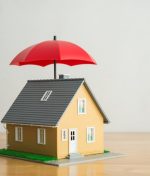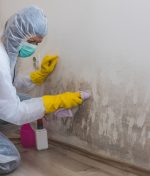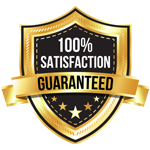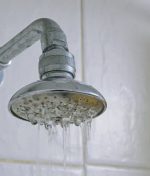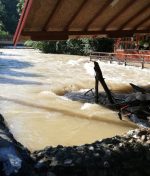How Does Smoke Damage Impact Your Home’s Air Quality?
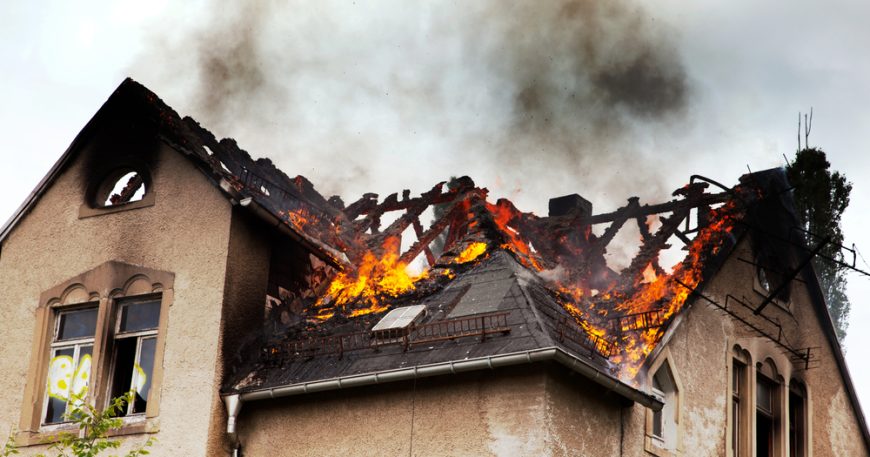
- April 18, 2025
- byadmin
- Mold Remediation
When we think of fire damage, we often imagine burned walls, charred furniture, or scorched roofing. But there’s a hidden threat that lingers long after the flames are gone—smoke damage. Even a small kitchen fire or nearby wildfire can severely impact your home’s indoor air quality, putting your health and comfort at risk.
At RAMM Water Restoration, we’ve worked with many San Diego families to restore their homes after fire and smoke exposure. Our compassionate approach ensures we not only remove the visible damage, but we also care deeply about your well-being—which includes restoring the air you breathe.
Let’s take a closer look at how smoke damage affects your home’s air quality and what you can do about it.
What Is Smoke Damage?
Smoke damage refers to the residue, particles, and gases that result from incomplete combustion during a fire. It can settle into every corner of your home—walls, ceilings, vents, furniture, and even clothing. Smoke particles are extremely fine, often smaller than a grain of sand, making them difficult to remove and dangerous to inhale.
How Smoke Damages Indoor Air Quality
1. Lingering Particulate Matter
Smoke produces microscopic particles known as particulate matter (PM2.5 and PM10). These particles can:
- Stay airborne for long periods
- Be inhaled deep into the lungs
- Irritate eyes, nose, and throat
- Trigger asthma and respiratory issues
2. Toxic Chemical Compounds
Smoke contains a cocktail of harmful chemicals, including:
- Carbon monoxide
- Formaldehyde
- Benzene
- Acrolein
- Polycyclic aromatic hydrocarbons (PAHs)
3. Odors That Don’t Go Away
The smell of smoke can linger for weeks or even months. That smell isn’t just annoying—it’s evidence that volatile organic compounds (VOCs) are still present in your environment. These VOCs are released by materials that burned or melted and can continue to off-gas harmful pollutants.
4. HVAC Contamination
Your home’s heating and cooling system acts like a superhighway for airborne particles. Smoke can enter your HVAC ducts, spreading contaminants to every room. If not professionally cleaned, your system can continue recycling polluted air long after the fire is out.
5. Secondary Damage to Surfaces
Smoke residue is acidic. Over time, it can corrode metal fixtures, tarnish glass, and break down finishes. As surfaces degrade, they can also release more particles into the air, creating a cycle of contamination that worsens over time.
Health Risks from Poor Indoor Air Quality After Smoke Damage
Poor air quality doesn’t just smell bad—it can make you sick. Common health effects include:
- Coughing and shortness of breath
- Burning or itchy eyes
- Headaches and dizziness
- Aggravated allergies or asthma
- Fatigue and brain fog
What Should You Do After Smoke Damage?
1. Don’t Rely on DIY Cleaners
Smoke particles embed deep into walls, fabrics, and vents. Wiping down surfaces with household cleaners might remove visible soot, but it won’t touch what’s in your air. Plus, using the wrong products can make things worse by spreading contaminants.
2. Air Out the Home (Carefully)
If it’s safe and outside air is clean (i.e., no ongoing wildfire), open windows and doors to promote circulation. Use fans to direct air outwards—but avoid turning on your HVAC until it’s been inspected and cleaned.
3. Replace Air Filters Immediately
If your home has experienced any level of smoke exposure, replace:
- HVAC filters
- Air purifier filters
- Range hood filters
4. Schedule Professional Remediation
The only way to fully eliminate smoke from your air and surfaces is through professional remediation. At RAMM Water Restoration, we use advanced equipment like:
- HEPA air scrubbers
- Ozone generators (used safely and strategically)
- Thermal fogging
- Specialized cleaning agents for walls, ceilings, and soft surfaces
How We Can Help
At RAMM Water Restoration, we know that fire and smoke damage isn’t just about what you can see—it’s about what you breathe and how you feel in your own home
We take a compassionate, detail-oriented approach to every job. From the moment we step into your space, we treat it with the same care and respect we’d give our own families. Our San Diego-based team is fully equipped to remove smoke damage, restore your air quality, and give you back the peace of mind that your home is truly safe.
If you’re dealing with the aftermath of a fire—or even just suspect lingering smoke damage—reach out to us today. We’re here to help you breathe easy again.
Categories
Recent Posts
How Hard Water Issues Can Lead to Plumbing Leaks in San Diego Homes
December 12, 2025
Understanding the Difference Between Flood Damage and Water Damage
December 12, 2025
How to Spot Water Damage in Ceilings Before It Gets Worse
December 12, 2025


